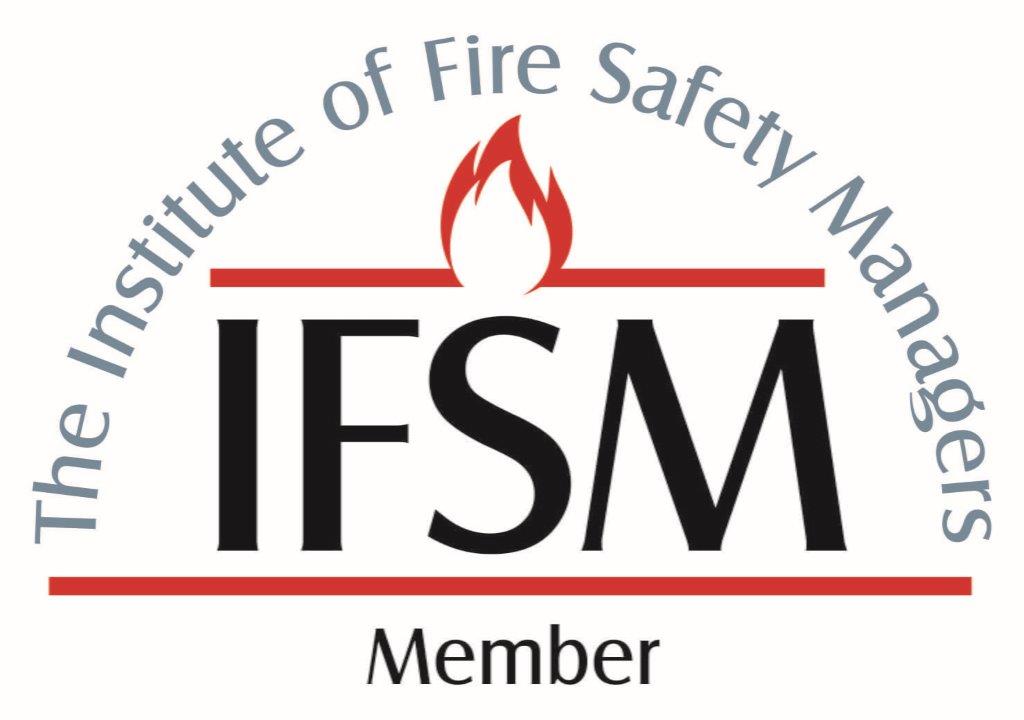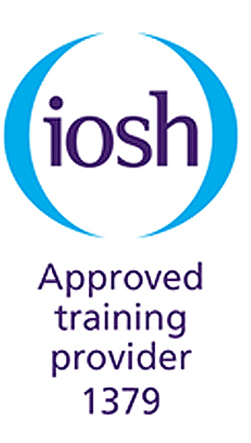
What is a Near Miss Incident?
What is a Near Miss Incident – and do they even matter?
Near miss incidents are often overlooked and forgotten in the workplace, as they don’t result in immediate harm or damage. However, understanding the significance of near misses and their potential consequences is crucial for building a strong risk management system.

1. Definition of a Near Miss Incident:
• A near miss is an unexpected event in the workplace where someone could have been injured or harmed but narrowly avoided it.
• It is an event that highlights a potential hazard or risk that could pose a threat in the future.
• Near misses provide an opportunity to learn and improve safety practices to prevent future incidents.
2. Categories of Near Miss Incidents: Near misses can fall into various categories, including:
• Slips and trips: Incidents involving slipping, tripping, or stumbling due to hazards or unsafe conditions.
• Fall incidents: Situations where a fall could have occurred but was narrowly avoided.
• Narrow escapes: Instances where individuals narrowly avoid being struck by objects or equipment.
• Working at heights: Near misses involving potential falls from elevated positions.
• Improper hazard communication: Near misses resulting from ineffective communication of hazards.
• Equipment operation & maintenance: Incidents related to the use or maintenance of machinery or equipment.
• Risky behaviour: Near misses caused by unsafe actions or disregard for safety protocols.

3. Near Miss vs. Incident vs. Accident:
• Near miss: An event where harm or injury was narrowly avoided, but there was a potential risk.
• Incident: An unexpected occurrence that endangers health and safety, but without resulting in serious injury or illness.
• Accident: An unsafe event that causes injury or property damage.
• Near misses offer valuable opportunities to identify and address underlying hazards before they result in accidents.
4. Importance of Near Miss Reporting:
• Near miss incidents should never be ignored because they have serious injury and fatality (SIF) potential.
• Timely reporting of near misses helps mitigate risks, prevent accidents, raise hazard awareness, and create a safer working environment.
• Near miss reporting is crucial for safety management and incident recordkeeping.

5. Encouraging Near-Miss Reporting:
• Foster a culture of reporting and learning from near misses by implementing the following strategies:
• Communicate the importance of near miss reporting and its impact on overall safety.
• Provide clear guidelines on how and where to report near misses.
• Offer anonymous reporting options to encourage open and honest reporting.
• Establish a system for investigating and analysing near misses to identify root causes and implement preventive measures.
• Recognise and acknowledge near miss reports, fostering a sense of proactive safety engagement.
Near miss incidents may seem insignificant at first glance, but their potential for harm and the lessons they provide should never be overlooked. By understanding what constitutes a near miss, recognising their importance, and promoting a culture of reporting, organisations can proactively identify hazards, prevent accidents, and create safer work environments for everyone.
Contact Ardent Safety today – our training courses and consultancy services are designed to make the workplace a safer place for everyone. You can also keep up to date with all of our news over on our Facebook Page.











